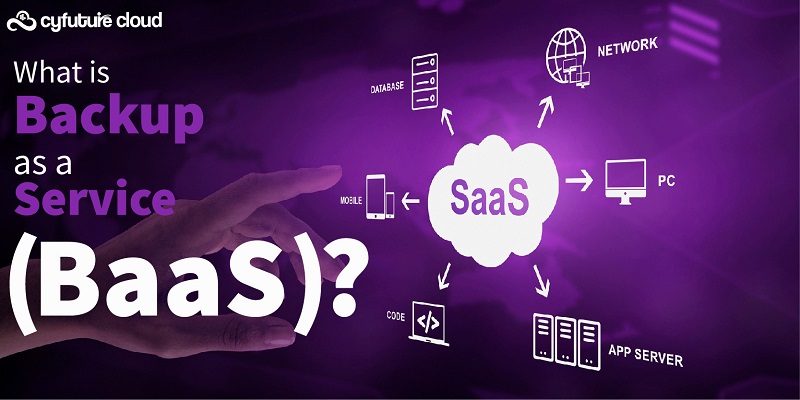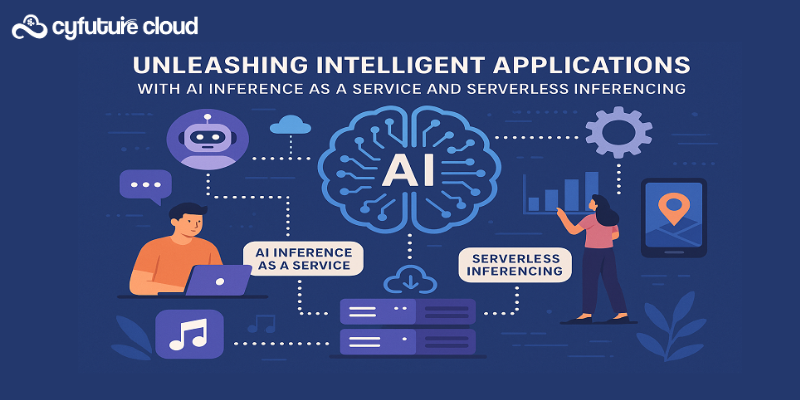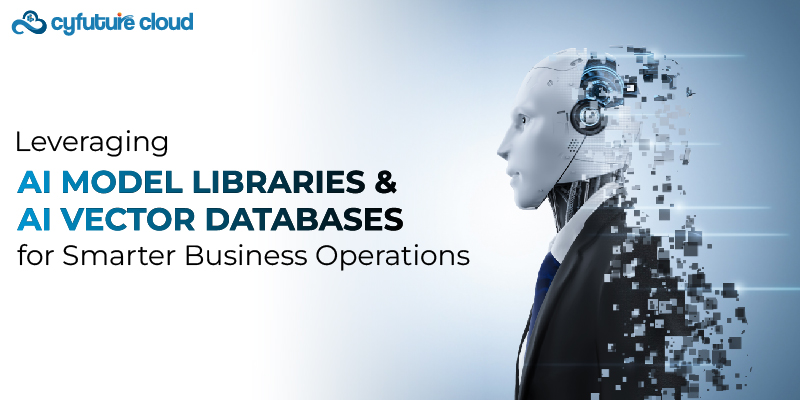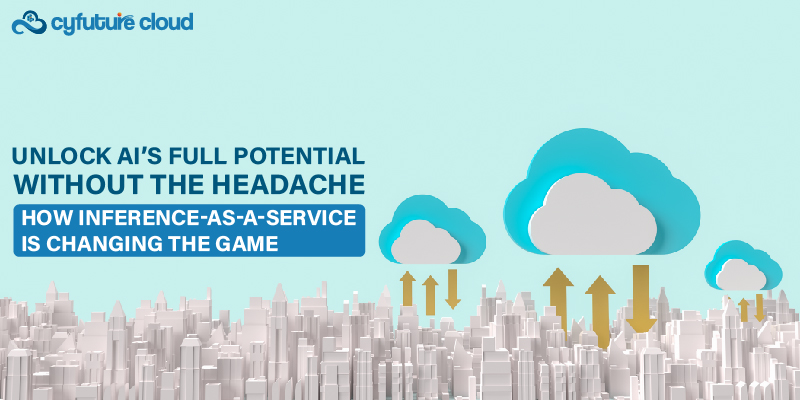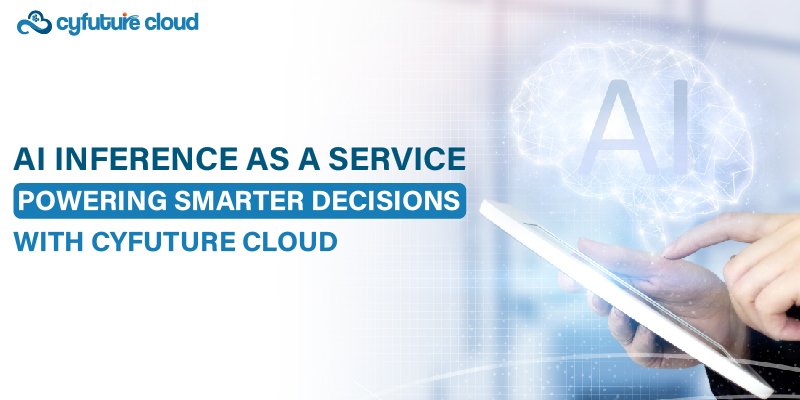Table of Contents
- Best practice #1: Use a reliable, durable cloud-based data storage solution
- Best practice #2: Implement proper backup and recovery procedures
- Best practice #3: Secure your data with encryption
- Best practice #4: Use access controls to limit access to authorized users
- Best practice #5: Monitor and audit data usage and access
- Best practice #6: Regularly review and update data management policies and procedures
- Best practice #7: Train employees on proper data handling and management practices
- Best practice #8: Use a data management platform or service to automate tasks
- Best practice #9: Use data governance and classification to organize and label data
- Best practice #10: Consider using data masking or anonymization to protect sensitive data
- Conclusion
Welcome to the ultimate guide on cloud data management best practices! Managing data in the cloud involves a blend of effective data management in cloud computing techniques and innovative strategies. It’s all about using the right processes, tools, and policies to securely store, protect, and govern your data.
Good data management in the cloud ensures your data is secure, compliant, and accessible, helping you leverage it for business growth and innovation. Key areas to focus on include efficient data storage, robust data protection, clear data governance, and seamless data accessibility.
Best practices, such as data encryption, backup solutions, and effective governance frameworks, can address common challenges like data security, compliance issues, integration hurdles, and cost complexity.
In this blog, we’ll dive into the top 10 best practices for cloud data management to help you navigate these challenges and make the most of your cloud data.
Best practice #1: Use a reliable, durable cloud-based data storage solution
One of the key best practices for cloud data management is to use a reliable and durable cloud-based data storage solution. This is important because data stored in the cloud is typically accessed and managed over the internet, which can make it vulnerable to cyber attacks, data loss, and other types of disruptions.
There are several different types of cloud-based data storage solutions available, including object storage, file storage, block storage, and database storage. Each type of storage solution has its own unique features and capabilities, and it is important to choose the one that best meets the needs of your organization.
To ensure that your data is stored in a reliable and durable manner, you should consider factors such as the storage provider’s uptime and availability, data replication and backup capabilities, and data security measures. You should also consider the scalability and flexibility of the storage solution, as well as it’s cost and any additional fees or charges.
It is also important to have a clear understanding of the terms of service and data protection policies of your cloud storage provider and to regularly review and update your data storage strategy as needed to ensure that it meets the evolving needs of your organization.
Best practice #2: Implement proper backup and recovery procedures
Another key best practice for cloud data management is to implement proper backup and recovery procedures. This is important because it helps to ensure that your data is protected against data loss or corruption, and can be recovered in the event of an unforeseen disaster or disruption.
There are several different approaches to backing up and recovering data in the cloud, including using data replication, snapshotting, and data archiving. It is important to choose the approach that best meets the needs of your organization and to carefully plan and implement your backup and recovery strategy.
Some key considerations when implementing a backup and recovery strategy in the cloud include the frequency of backups, the type of data being backed up, the recovery point objective (RPO) and recovery time objective (RTO), and the cost and complexity of the solution. It is also important to test your backup and recovery procedures regularly to ensure that they are working as expected.
In addition to using a backup and recovery solution, it is also important to have a disaster recovery plan in place that outlines the steps that your organization will take in the event of a disaster or disruption. This can help to ensure that your data is protected and that your business can continue to operate as smoothly as possible in the face of unexpected challenges.
Best practice #3: Secure your data with encryption
Securing your data with encryption is another important best practice for cloud data management. Encryption is the process of encoding data in such a way that it can only be accessed by authorized users with the proper decryption key or password.
There are several different types of encryption that can be used to protect data in the cloud, including transport layer security (TLS) encryption, file-level encryption, and database encryption. It is important to choose the type of encryption that best meets the needs of your organization and to implement it consistently across all of your cloud-based systems and data.
Some of the key benefits of using encryption to secure data in the cloud include protecting against data breaches, maintaining compliance with industry regulations and standards, and helping to ensure the privacy and confidentiality of your data. It is important to carefully plan and implement your encryption strategy and to regularly review and update it as needed to ensure that it continues to meet the evolving needs of your organization.
Using access controls to limit access to authorized users is another important best practice for cloud data management. Access controls are mechanisms that are used to determine who is able to access certain data or systems, and what actions they are able to perform.
There are several different types of access controls that can be used to protect data in the cloud, including authentication controls, authorization controls, and auditing controls. It is important to choose the access controls that best meet the needs of your organization and to implement them consistently across all of your cloud-based systems and data.
Some of the key benefits of using access controls to protect data in the cloud include helping to prevent unauthorized access and data breaches, maintaining compliance with industry regulations and standards, and ensuring that only authorized users are able to access and use sensitive data. It is important to carefully plan and implement your access control strategy and to regularly review and update it as needed to ensure that it continues to meet the evolving needs of your organization.
Best practice #5: Monitor and audit data usage and access
Monitoring and auditing data usage and access is another important best practice for cloud data management. This involves regularly reviewing and analyzing data access logs, activity logs, and other types of data-related records to ensure that data is being used and accessed appropriately.
There are several different types of tools and techniques that can be used for data monitoring and auditing in the cloud, including log analysis tools, data access reporting tools, and data security and compliance frameworks. It is important to choose the tools and techniques that best meet the needs of your organization and to implement them consistently across all of your cloud-based systems and data.
Some of the key benefits of monitoring and auditing data usage and access in the cloud include helping to identify and prevent data breaches, detecting and investigating suspicious activity, and ensuring compliance with industry regulations and standards. It is important to carefully plan and implement your data monitoring and auditing strategy and to regularly review and update it as needed.
Best practice #6: Regularly review and update data management policies and procedures
Regularly reviewing and updating data management policies and procedures is another important best practice for cloud data management. This involves regularly reviewing and analyzing your organization’s data management practices to ensure that they are effective, efficient, and aligned with your business goals.
There are several different types of data management policies and procedures that you may need to review and update, including data storage policies, data access policies, data security policies, and data retention policies. It is important to choose the policies and procedures that best meet the needs of your organization and to implement them consistently across all of your cloud-based systems and data.
Some of the key benefits of regularly reviewing and updating data management policies and procedures in the cloud include helping to ensure the security, compliance, and integrity of your data, improving the efficiency and effectiveness of your data management practices, and ensuring that your data management strategy is aligned with the evolving needs of your business. It is important to regularly review and update your data management policies and procedures, and to involve all relevant stakeholders in the process.
Best practice #7: Train employees on proper data handling and management practices
Training employees on proper data handling and management practices is another important best practice for cloud data management. This involves educating employees about the importance of data security, privacy, and compliance, and providing them with the knowledge and skills that they need to handle and manage data appropriately.
There are several different types of data handling and management training that you can provide to your employees, including general data security and privacy training, specific training on the use of particular tools and systems, and ongoing training and education to ensure that employees are kept up-to-date with best practices and industry developments.
Some of the key benefits of training employees on proper data handling and management practices in the cloud include helping to prevent data breaches, maintaining compliance with industry regulations and standards, and improving the efficiency and effectiveness of your data management practices. It is important to regularly train your employees on data handling and management best practices, and to involve all relevant stakeholders in the process.
Best practice #8: Use a data management platform or service to automate tasks
Using a data management platform or service to automate tasks is another important best practice for cloud data management. A data management platform or service is a specialized tool or service that is designed to help organizations automate various tasks related to data management, such as data backup and recovery, data security, data governance, and data analytics.
There are several different types of data management platforms and services available, including data integration platforms, data quality platforms, data governance platforms, and data analytics platforms. It is important to choose the platform or service that best meets the needs of your organization and to carefully plan and implement your use of it.
Some of the key benefits of using a data management platform or service to automate tasks in the cloud include improving the efficiency and effectiveness of your data management practices, reducing the cost and complexity of data management, and enabling your organization to make better use of its data assets. It is important to carefully evaluate the different options that are available and to choose a platform or service that meets the needs and goals of your organization.
Best practice #9: Use data governance and classification to organize and label data
Using data governance and classification to organize and label data is another important best practice for cloud data management. Data governance is the process of establishing and enforcing policies and procedures for the effective and efficient management of data within an organization. Data classification is the process of organizing and labeling data based on its sensitivity, importance, and other characteristics.
There are several different approaches to data governance and classification, including using data governance frameworks, data classification schemes, and data labeling tools. It is important to choose the approach that best meets the needs of your organization, and to carefully plan and implement your data governance and classification strategy.
Some of the key benefits of using data governance and classification to organize and label data in the cloud include helping to ensure the security, compliance, and integrity of your data, improving the efficiency and effectiveness of your data management practices, and enabling your organization to better understand and make use of its data assets. It is important to regularly review and update your data governance and classification strategy to ensure that it continues to meet the evolving needs of your organization.
Best practice #10: Consider using data masking or anonymization to protect sensitive data
Consider using data masking or anonymization to protect sensitive data is another important best practice for cloud data management. Data masking is the process of obscuring or “masking” sensitive data so that it cannot be accessed or viewed by unauthorized users. Data anonymization is the process of removing or obscuring personally identifiable information (PII) from data so that it cannot be used to identify individual people.
There are several different approaches to data masking and anonymization, including using data masking tools, data anonymization frameworks, and data de-identification techniques. It is important to choose the approach that best meets the needs of your organization, and to carefully plan and implement your data masking or anonymization strategy.
Some of the key benefits of using data masking or anonymization to protect sensitive data in the cloud include helping to ensure the privacy and confidentiality of your data, maintaining compliance with industry regulations and standards, and enabling your organization to share and use data in a responsible and ethical manner. It is important to carefully evaluate the different options that are available and to choose a data masking or anonymization solution that meets the needs and goals of your organization.
Conclusion
It is important for organizations to follow best practices for cloud data management in order to ensure the security, compliance, and integrity of their data. Proper data management is critical in the cloud because it helps organizations to protect against data breaches, maintain compliance with industry regulations and standards, and ensure that their data is being used and accessed appropriately.
Some of the key best practices for cloud data management include using a reliable and durable cloud-based data storage solution, implementing proper backup and recovery procedures, securing data with encryption, using access controls to limit access to authorized users, monitoring and auditing data usage and access, regularly reviewing and updating data management policies and procedures, training employees on proper data handling and management practices, using a data management platform or service to automate tasks, using data governance and classification to organize and label data, and considering the use of data masking or anonymization to protect sensitive data.
By following these best practices, organizations can ensure that their data is well-managed and protected in the cloud, and can better leverage their data assets to drive business growth and innovation.
Recent Post
Send this to a friend

 Server Colocation
Server Colocation CDN Network
CDN Network Linux Cloud Hosting
Linux Cloud Hosting Kubernetes
Kubernetes Pricing Calculator
Pricing Calculator
 Power
Power
 Utilities
Utilities VMware Private Cloud
VMware Private Cloud VMware on AWS
VMware on AWS VMware on Azure
VMware on Azure Service Level Agreement
Service Level Agreement 